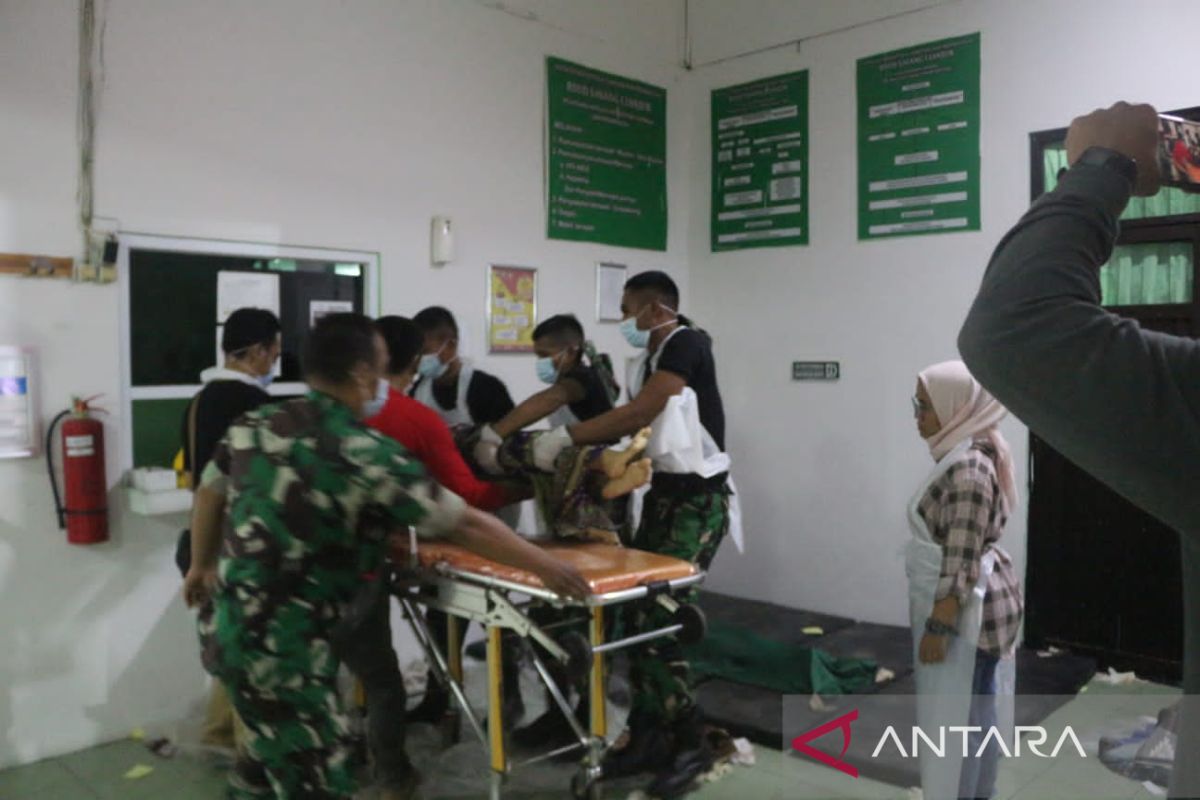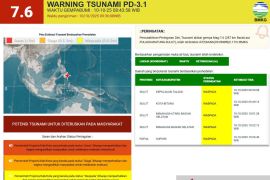"As of Tuesday morning, we have deployed around one thousand personnel from several army units that are close to disaster zones in Cianjur," the army headquarters' spokesperson, Brig. Gen. Hamim Tohari, remarked.
In addition to the deployment of one thousand soldiers, the army would send personnel from medical and health services, logistics and transportation, and engineering units to serve the affected residents, he noted.
Army personnel from logistics and transportation units would help set up public kitchens in disaster zones, he added.
Related news: Two dead in 5.6M earthquake in Cianjur: BNPB
According to the Meteorology, Climatology, and Geophysics Agency (BMKG), a 5.6-magnitude earthquake had jolted Cianjur on Monday at 1:21 p.m. local time, killing at least 62 people and injuring 362 others.
The quake, whose epicenter was located about 10 km away from Cianjur, at a depth of 10 km, also damaged 2,345 houses and compelled 13,400 residents to take refuge.
Despite the absence of a tsunami, the quake's tremors were not merely felt by local residents in or near the disaster zones but also by those in the areas of Jakarta, Bogor, and Bekasi.
Citing data released by the Disaster Mitigation Agency's (BPBD's) Call Center, West Java Governor Ridwan Kamil had earlier stated that the quake had killed 162 people.
Indonesia's National Disaster Mitigation Agency (BNPB) then corrected the quake's death toll to 62.
Related news: 5.6-M earthquake in Cianjur felt in other regions: BMKG
Earthquakes regularly rock various parts of Indonesia due to the fact that the country lies on the Circum-Pacific Belt, also known as the Ring of Fire, where several tectonic plates meet and cause frequent volcanic and seismic activities.
One of the deadliest earthquakes in Indonesia that occurred over these past four years was the one that struck several areas of Central Sulawesi Province.
The 7.4-magnitude earthquake, which was followed by tsunami that hit the areas of Palu City and the districts of Donggala, Paringi Moutong, and Sigi on Sept 28, 2018, claimed 2,102 lives, injured 4,612, and rendered 680 others missing.
A total of 68,451 homes were seriously damaged, and 78,994 people were displaced.
Due to a large number of rotting corpses, the authorities and humanitarian workers decided to bury them in mass graves.
Meanwhile, material losses inflicted by the twin deadly disasters were estimated to reach Rp15.29 trillion.
The provincial capital of Palu bore the brunt of the disaster, with material damage and losses recorded at Rp7.6 trillion, or 50 percent of the total estimate, according to BNPB.
Related news: Cianjur quake: Death toll rises to 62
Related news: Ministry mobilizes resources for Cianjur quake disaster response
Translator: Syaiful H, Rahmad Nasution
Editor: Fardah Assegaf
Copyright © ANTARA 2022










